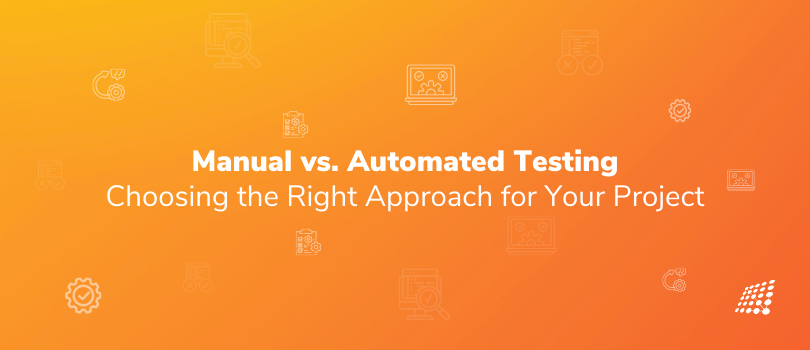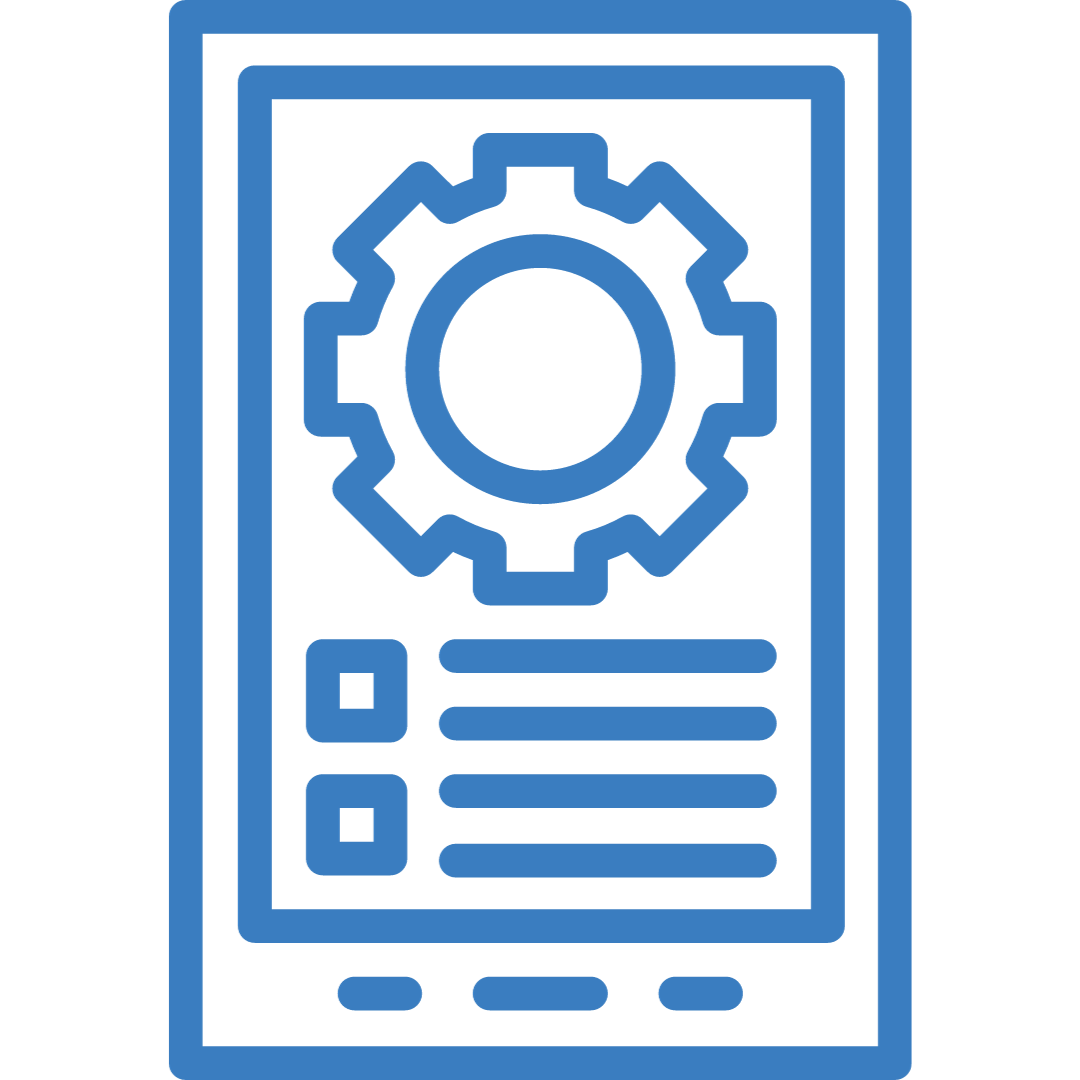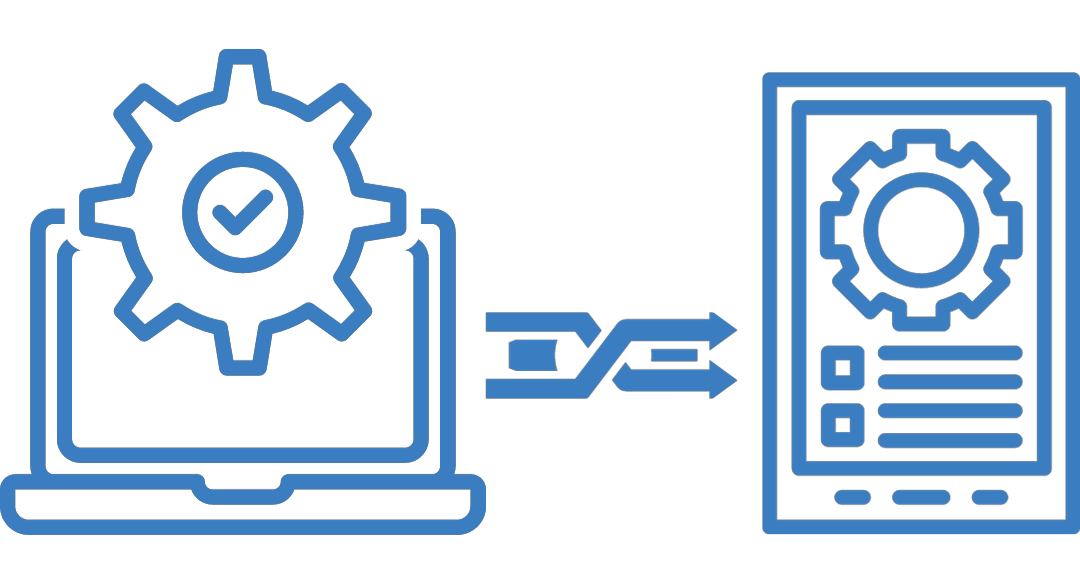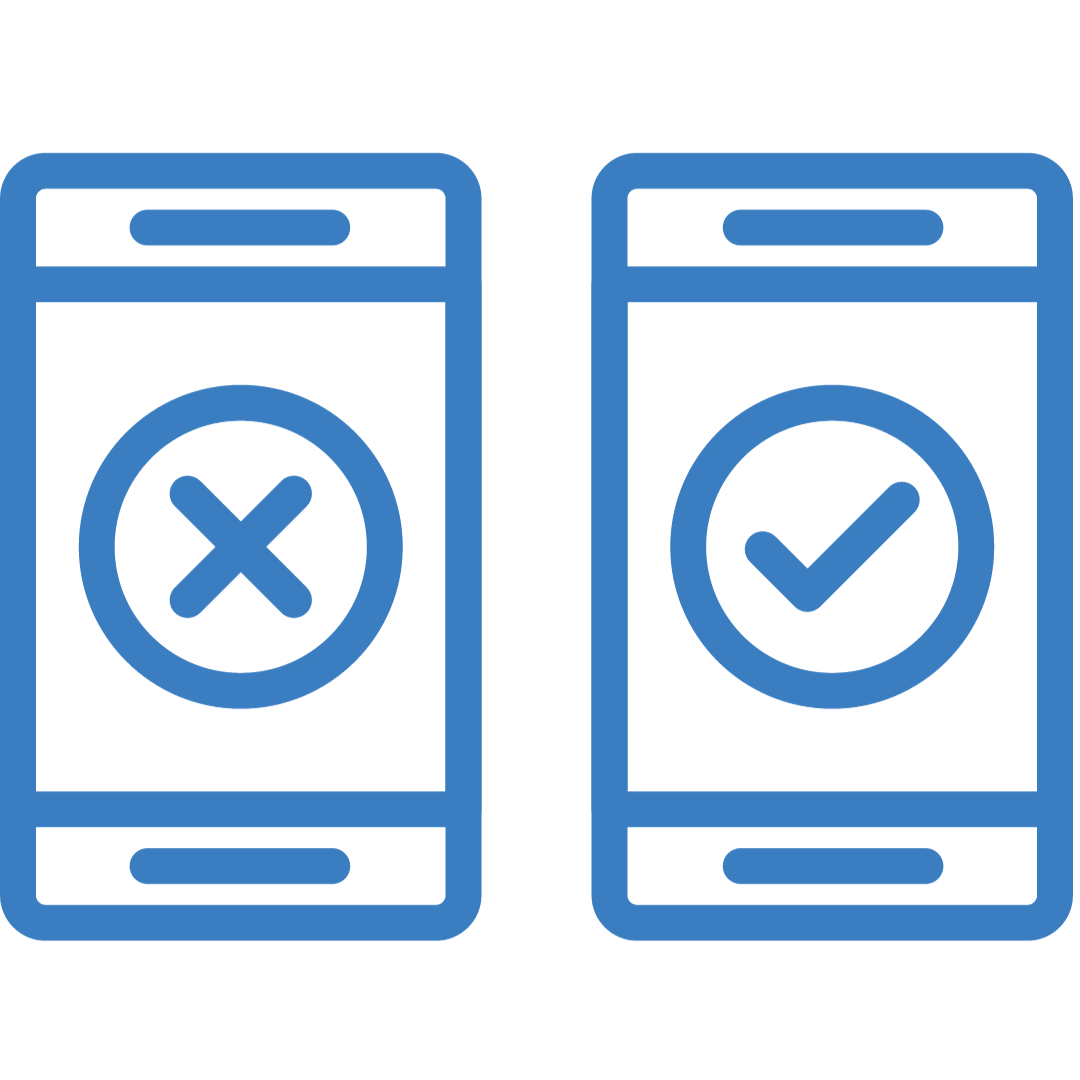Manual vs. Automated Testing: Choosing the Right Approach for Your Project

Software testing plays a crucial role in delivering reliable and high-quality software products. One of the key decisions that testing teams often face is whether to opt for manual testing or embrace automated testing. There’s a lot of talk about manual vs. automated testing too. These software testing approaches have their own strengths and weaknesses, and the choice depends on factors such as project requirements, resources, and the nature of the application under test.
Manual Testing: A Personal Touch to Quality Assurance

One of the software testing methods is manual testing which involves human testers executing test cases manually, interacting with the application's user interface just as end-users would. It's ideal for exploratory testing methods, usability testing in software testing, and scenarios where a tester's intuition and creativity are valuable. Manual testing has advantages and disadvantages. Manual testers can identify visual inconsistencies, evaluate user experience, and verify complex business rules that might be challenging to automate.
For example, imagine you're testing an e-commerce website's checkout process. A manual tester can simulate real-world scenarios by adding items to the cart, applying coupons, and selecting shipping options to ensure a smooth customer experience.
However, manual testing has limitations. It's time-consuming, repetitive, and can be error-prone due to human oversight. It's also less efficient for executing a large number of repetitive tests or tests that require frequent updates.
Can Automation Testing Completely Replace Manual Testing?

The short answer is no. There are automated testing benefits and drawbacks. While automation testing precision is accurate and it excels in handling algorithm-based test cases, it falls short when it comes to evaluating usability, functionality, aesthetics, user experience (UX), or behavior.
This limitation stems from the fact that automation lacks the cognitive abilities and human-like intelligence required for nuanced decision-making.
This is where Manual Testing comes into play and demonstrates its strength over Automation.
Developers rely on manual testing to replicate and address bugs identified by QA testers. Similarly, product managers and designers turn to manual testing for assessing minor changes made to websites and apps. Let's delve into a few scenarios that illustrate why automation testing cannot replace manual testing.
- When Flexibility Matters: Manual tests offer quick results, allowing QAs to promptly assess outcomes. Setting up automation testing, on the other hand, is a more time-consuming process that demands additional time and effort. This makes manual testing more adaptable in the workflow. If testers have a specific scenario in mind that requires immediate testing, they can perform a manual test. However, for scenarios involving repetitive tests with varying inputs and values, automation becomes essential for efficiency.
- Short-Term Projects: Testing in automation involves substantial planning and investment. It doesn't make sense to implement it for short-term projects that focus on minor features or minimal code changes. The resources and effort required to establish test infrastructure would outweigh the benefits in such narrow scopes.
- Evaluating End-User Usability: While automation can be a valuable tool, it cannot determine whether software provides a satisfactory user experience in terms of look and feel. No machine can gauge whether a website or app delivers an enjoyable user journey without the input of actual users. Usability testing in automation testing is important because human testers rely on their sensibilities to draw meaningful conclusions in this regard.
Automated Testing: Speed and Precision

Automated testing involves using scripts or test automation tools to execute predefined test cases automatically. This approach is best suited for repetitive tasks, regression testing, and scenarios where precision and consistency are paramount. Automated tests can swiftly run through a vast number of scenarios, helping catch regressions early in the development cycle.
For instance, consider a social media app that undergoes frequent updates. Automated tests can ensure that essential functionalities like posting, liking, and commenting still work as expected after each release.
Automated tests excel in reducing human error and enabling faster feedback loops. They are especially valuable in agile development testing environments, where rapid releases require a quick turnaround for testing.
However, automated testing comes with initial setup and maintenance costs. Writing and maintaining automated test scripts require technical skills, and tests may need adjustments when the application's user interface changes.
Why choose Automated Testing over Manual Testing?

Choosing between manual and automated testing? Here are situations where automation is a better choice:
- For Repetitive Tests: When you have to run the same tests again and again, especially if there are a lot of them, automation is the way to go. For instance, running regression tests regularly to make sure new code doesn't break existing features is best automated. It saves time and doesn't need constant manual effort.
- Limited Human Resources: If your project has only a few testers, automation helps meet deadlines. Testers can focus on critical issues rather than getting bogged down by routine tests. Parallel testing, which uses automation, lets you run many tests quickly without sacrificing accuracy.
Finding the Right Balance

The choice between manual and automated testing isn't binary. It often involves finding the right balance based on the project's needs and limitations. The hybrid testing approach is many and they are common, where critical functionalities are tested manually while repetitive or regression tests are automated.
In an ideal scenario, manual testing provides an initial evaluation of new features or user interface changes, followed by automated tests that continuously verify core functionalities across different releases.
For instance, imagine you're developing a financial application. Manual testers could ensure that complex financial calculations are accurate and well-presented, while automated tests validate that account balances are consistent after routine transactions.
Making the Decision

When deciding between manual and automated testing, look at testing project considerations and focus on these factors:
- Test Frequency and Volume: If a scenario needs to be tested frequently or across different platforms, automation may be more efficient.
- Human Judgment: How to choose between human vs. automated judgment in testing? If a feature's usability or visual aspects require subjective evaluation, manual testing is crucial.
- Project Timeline: In time-critical projects, project timeline in software testing is important. Automated tests can provide rapid feedback and catch regressions early.
- Testing team skillset in QA: Consider the skills of your testing team. Manual testing requires domain knowledge and user empathy, while automated testing requires technical expertise.
- Cost of Testing, budget and resources: Test automation tools and frameworks may require an upfront investment, but they can yield long-term efficiency gains.
In conclusion, both manual and automated testing have their roles in a comprehensive testing strategy. Manual testing adds a personal touch to quality assurance and is valuable for scenarios requiring human intuition. Automated testing ensures speed, precision, and efficiency in repetitive tasks. Choosing the right approach involves assessing project needs, team skills, and available resources to strike a balance that delivers high-quality software.
Your software's quality and success depend on the testing approach you choose. Don't let your testing strategy fall behind. Whether you're leaning towards manual or automated testing, or even considering a hybrid approach, our team of QA experts can help! Contact us as we ensure you make a well-informed decision that aligns with your project's goals and resources.

A Dive into Cybersecurity

Magento 2 Custom Module Development


